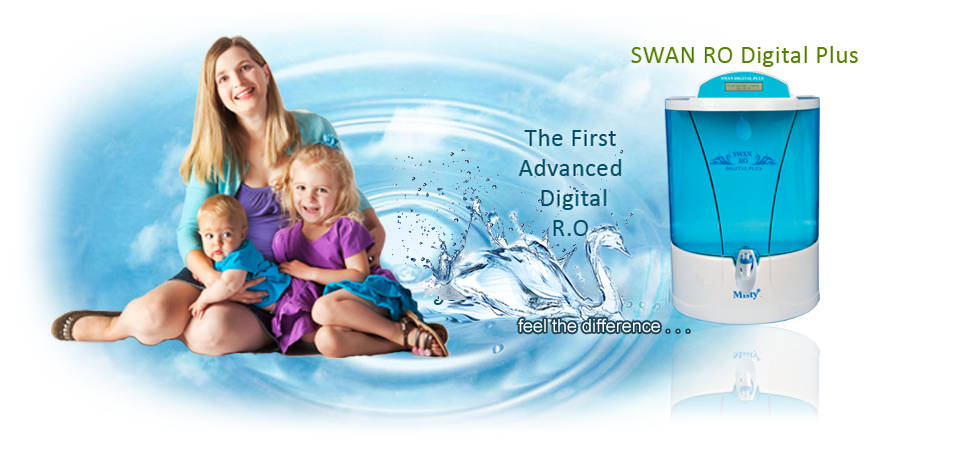
Sources of Hardness Minerals in Drinking Water
Water quality is the physical, chemical and biological characteristics of water, characterized through the methods of hydrometry. The primary bases for such characterization are parameters which relate to drinking water, safety of human contact and for health of ecosystems. The vast majority of surface water on the planet is neither potable nor toxic. This remains true even if sea water in the oceans (which is too salty to drink) isn't counted. Another general perception of water quality is that of a simple property that tells whether water is water pollution or not. In fact, water quality is a very complex subject, in part because water is a complex medium intrinsically tied to the ecology of the Earth. Industrial pollution is a major cause of water pollution, as well as runoff from agricultural areas, urban stormwater runoff and discharge of untreated sewage (especially in developing countries).
Overview
Contaminants that may be in untreated water include microorganisms such as viruses and bacteria; inorganic contaminants such as salts and metals; pesticides and herbicides; organic chemical contaminants from industrial processes and petroleum use; and radioactive contaminants. Water quality depends on the local geology and ecosystem, as well as human uses such as sewage dispersion, industrial pollution, use of water bodies as a heat sink, and overuse (which may lower the level of the water).
The Environmental Protection Agency prescribes regulations that limit the amount of certain contaminants in the water provided by public water systems for tap water. Food and Drug Administration (FDA) regulations establish limits for contaminants in bottled water that must provide the same protection for public health. Drinking water, including bottled water, may reasonably be expected to contain at least small amounts of some contaminants. The presence of these contaminants does not necessarily indicate that the water poses a health risk.
Some people use water purification technology to remove contaminants from the municipal water supply they get in their homes, or from local pumps or bodies of water. For people who get water from a local stream, lake, or aquifer, their drinking water is not filtered by the local government.
Toxic substances and high populations of certain microorganisms can present a health hazard for non-drinking purposes such as irrigation, swimming, fishing, rafting, boating, and industrial uses. These conditions may also impact wildlife which use the water for drinking or as a Habitat.
Interest by individuals and volunteer groups in making local water quality observations is high, and an understanding of the basic chemistry of many water quality parameters is an essential first step to making good measurements. Most citizens harbor great concern over the purity of their drinking water, but there is far more to water quality than water treatment for human consumption.
Statements to the effect that "uses must be preserved" are included within water quality regulations because they provide for broad interpretation of water quality results, while preserving the ultimate goal of the regulations. Technical measures of water quality—that is, the values obtained when making water quality measurements—are always subject to interpretation from multiple perspectives. Is it reasonable to expect a river to be pristine in a landscape that no longer is? If a river has always carried sediment, is it polluted even if the cause is not man induced? Can water quality be maintained when water quantity can not? The questions that arise from consideration of water quality relative to human uses of the water become more complex when consideration must also be given to conditions required to sustain aquatic biota. Yet inherent in the concept of preserving uses is a mandate that waterways must be much more than conduits for a fluid we might want to drink, fill our swimming pool with, or carry our wastes out of town.
Measurement of water quality
The complexity of water quality as a subject is reflected in the many types of measurements of water and Wastewater quality indicators. These measurements include (from simple and basic to more complex):
- Electrical conductivity|Conductivity (also see salinity)
- Dissolved Oxygen
- pH
- Color of water
- Taste and odor (geosmin, 2-methylisoborneol (MIB), etc)
- Turbidity
- Total suspended solids (TSS)
- Dissolved metals and salts (sodium, chloride, potassium, calcium, manganese, magnesium)
- Chemical oxygen demand (COD)
- Biochemical oxygen demand (BOD)
- Microorganisms such as fecal coliform bacteria (Escherichia coli), Cryptosporidium, and Giardia lamblia Nutrients, such as nitrogen and phosphorus
- Dissolved metals and metalloids (lead, Mercury (element),arsenic, etc.)
- Dissolved organics: Colored Dissolved Organic Matter (CDOM), Dissolved Organic Carbon (DOC)
- Temperature
- Pesticides
- Heavy Metals
- Pharmaceuticals
- Hormone analogs
Some of the simple measurements listed above can be made on-site (temperature, pH, dissolved oxygen, conductivity), in direct contact with the water source in question. More complex measurements that must be made in a lab setting require a water sample to be collected, preserved, and analyzed at another location. Making these complex measurements can be expensive.
Because direct measurements of water quality can be expensive, ongoing monitoring programs are typical conducted by government agencies. Individuals interested in monitoring water quality who cannot afford or manage lab scale analysis can also use biological indicators to get a general reading of water quality. Biological monitoring metrics have been developed in many places, and one widely used measure is the presence and abundance of members of the insect orders Ephemeroptera, Plecoptera and Trichoptera (EPT). EPT indexes will naturally vary from region to region, but generally, within a region, the greater the number of taxa from these orders, the better the water quality. A number of websites originating in the United States offer guidance on developing a monitoring program and identifying members of these and other aquatic insect orders.

